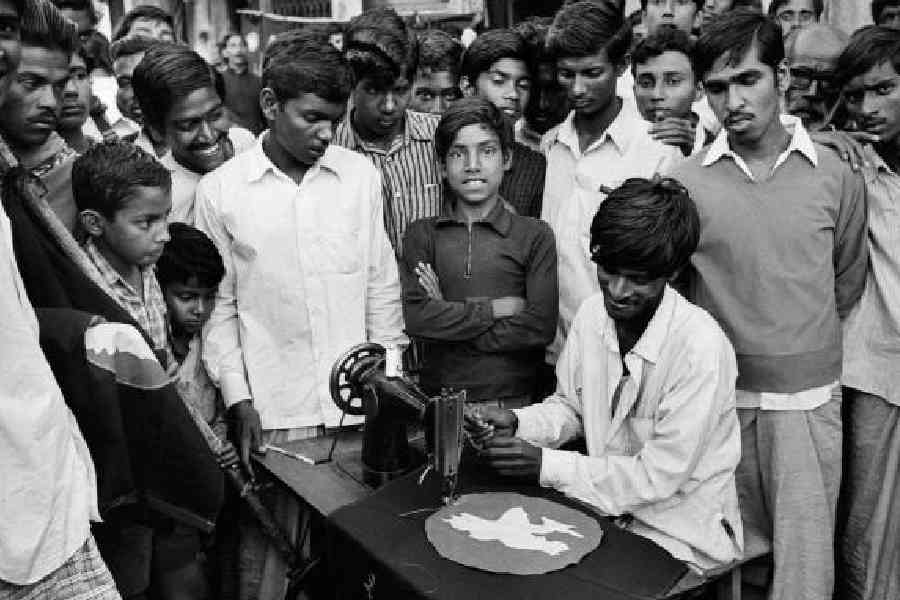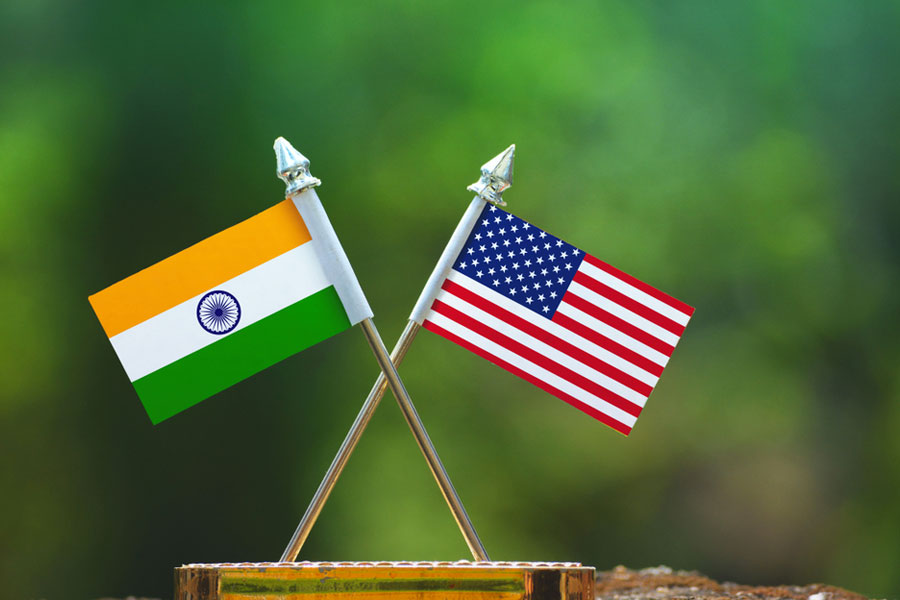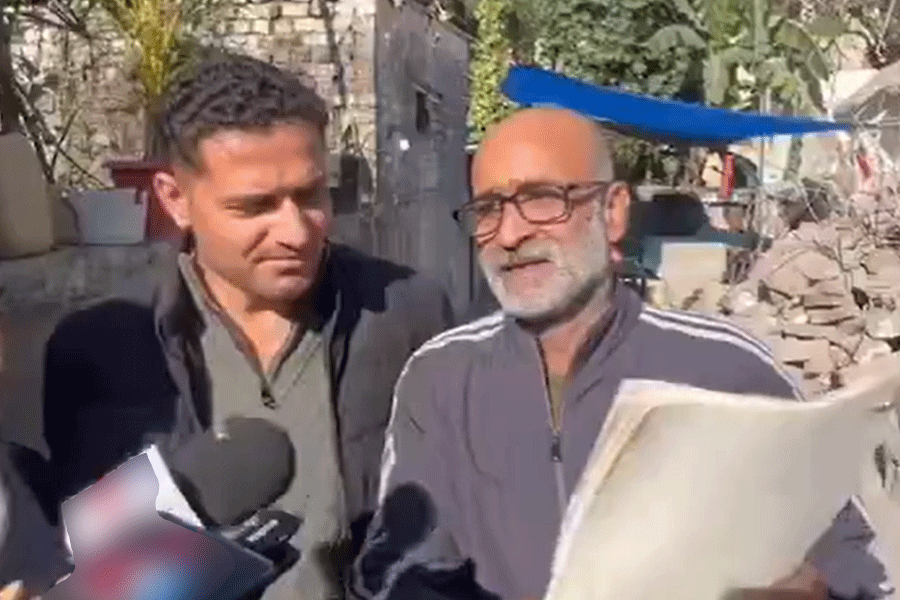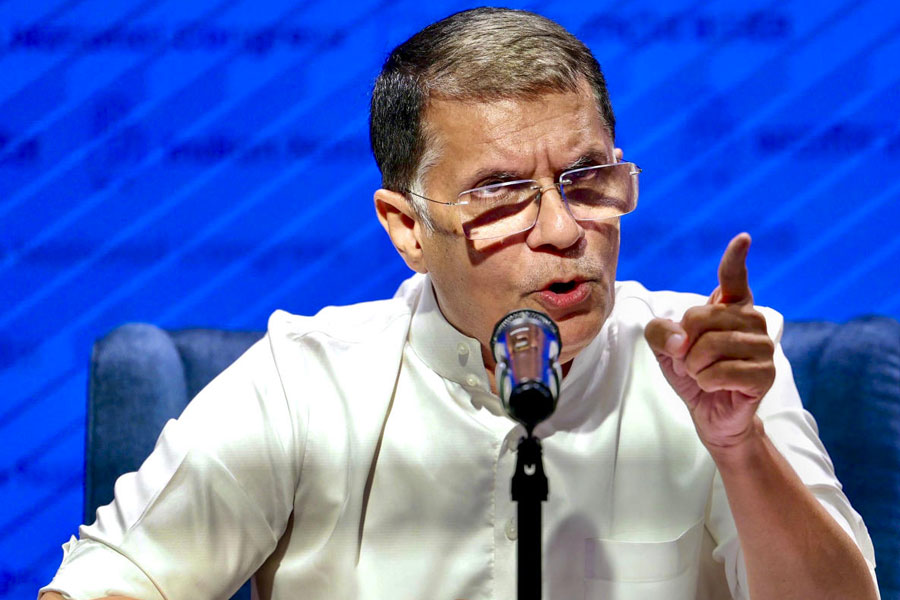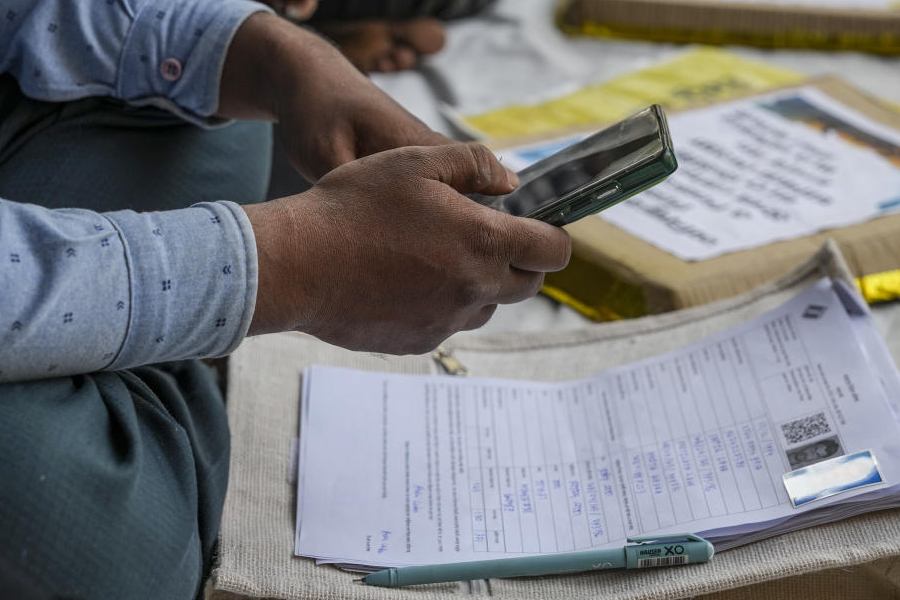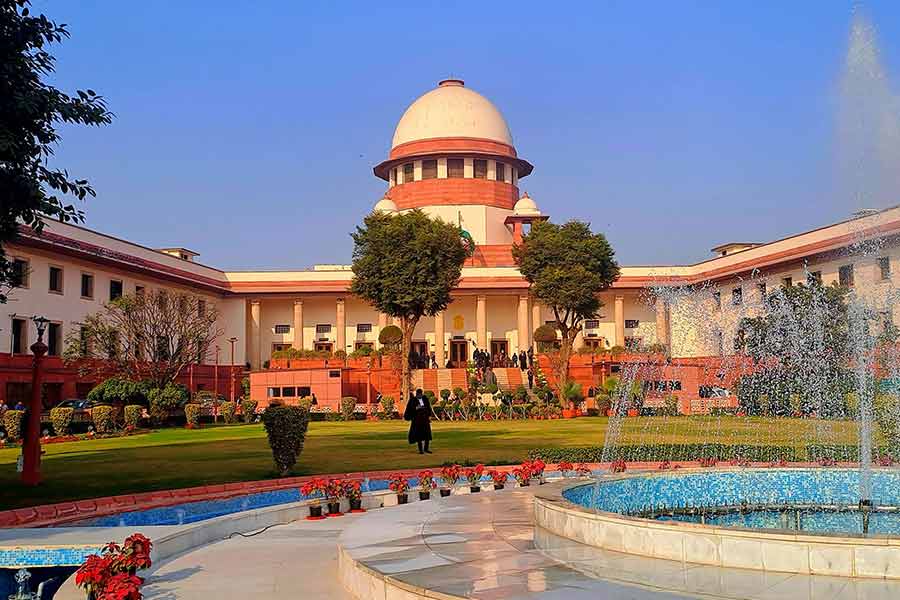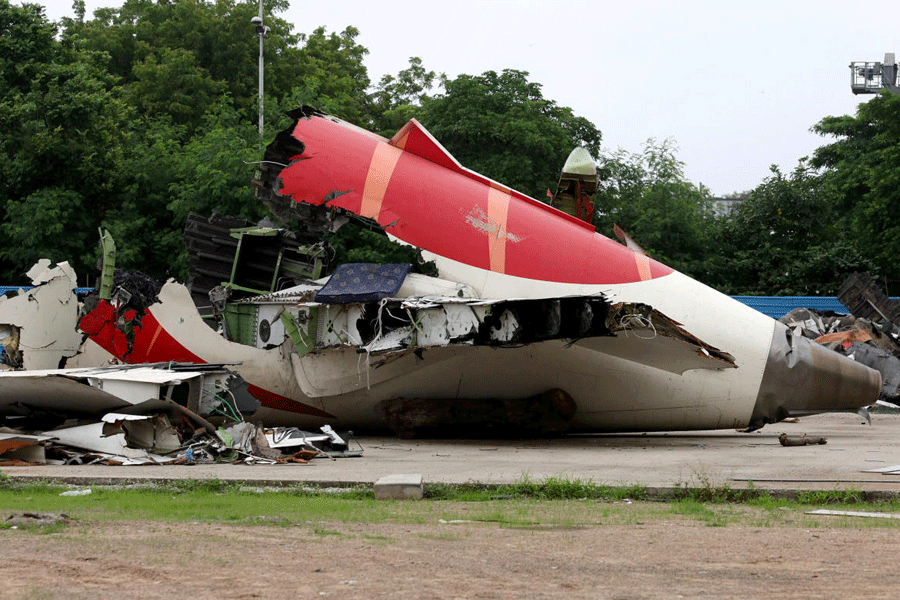The exhibition, Dhaka, 1971: Marc Riboud’s Lens on History: A Photographic Chronicle of Humanity, Resilience, and Liberation, held at the Kolkata Centre for Creativity, confronted viewers with certain terrifying truths about Bangladesh’s freedom struggle that the nation born in 1971 has chosen to forget. The celebrated French photographer, Marc Riboud (1923-2016), whose images emphasised life on the sidelines of the carnage, was no stranger to Calcutta, having visited the city in 1956. He had stayed with the family of his sister-in-law, Krishna Roy (maiden name), at their distinctive home near the Entally market. When Riboud returned to Calcutta in 1971, he was already a well-known photojournalist and the city served as a hub for supporting the freedom fighters, a de facto capital for the provisional Bangladesh government, and a shelter for countless refugees.
Riboud was among the first batch of international journalists to follow the Indian army to the liberated zones in Bangladesh. He also visited the overcrowded refugee camps in Salt Lake, Calcutta and Krishnagar, capturing on film the resilience of the human spirit in times of extreme anguish. The excruciating suffering notwithstanding, these are beautiful images, exemplified by the one of the two women and a man in the protective embrace, as it were, of the giant trunk of a tree. At the other end of the spectrum, is the terrifying beauty and frangibility of the young despairing refugee mother suckling her baby.
Viewers shuttle between Calcutta and Bangladesh, witnessing the theatre of war: young, lungi-clad resistance fighters being trained, pillaged villages, vanquished Pakistani soldiers, Indian and Bangladeshi forces entering Dhaka, a tailor sewing a Bangladeshi flag (picture) and local people celebrating freedom. However, the mass killing is an undeniable reality. One can smell the stench of rotting flesh as corpses were discovered in trenches and brick kilns outside Dhaka. Surprisingly, there is no mention of Sheikh Mujibur Rahman.
The occasional unannounced closure of KCC exhibitions, such as this one on the day of this correspondent’s visit, is inconvenient. Viewers deserve better.

